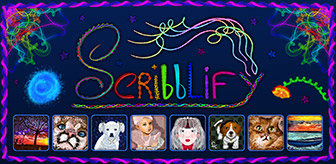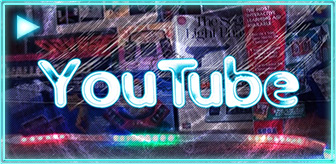Introduction
In many ways, modern computers are alien compared to the hardware available during Windows XP's debut in 2001. Back then, hard drives connected through IDE instead of SATA and dedicated graphics cards were powered by the now-defunct AGP standard instead of PCI Express, which was years away from inception. 128 MB of RAM would make programs speed along and a 30 GB hard drive was substantial. External flash drives were still in their infancy and cost over $100 for 16 MB capacity. 64-bit processors were still a mythical prospect to consumers.
By comparison, a typical Windows 10 workstation computer in 2018 will have at least 8 GB of RAM and 1 TB of hard drive space. Gaming machines and those built to accommodate the latest hardware (e.g., Oculus Rift) will have 32 GB of RAM, a blazing fast solid-state drive for their OS and core applications, and a dedicated video card that itself can contain gigabytes of video memory. Broadband Internet and wireless connectivity are now commonplace and the days of dial-up modems are but a relic from the past. 64-bit processors are now the standard, rather than the exception.



